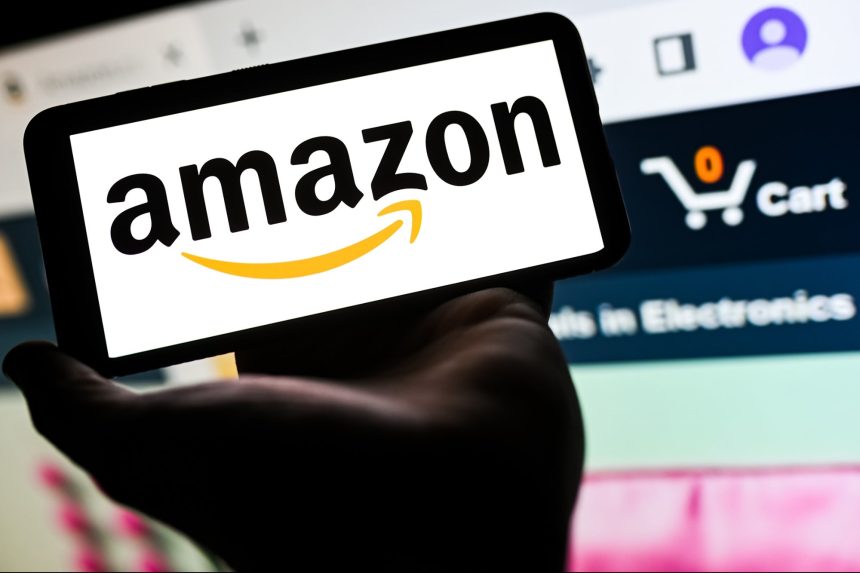In 2021, Wall Street and private equity firms invested 12 billion dollars in startups consolidating popular brands sold on Amazon. These aggregators of brands seemed like they would be the next big thing. By 2022, that number had risen to 16 billion dollars in capital raised. It was a “cool” time to be in ecommerce.
The tone around aggregators has begun to shift, though, as it’s difficult to maintain this kind of growth non-stop. These aggregators are now aggregating themselves as rising interest rates and sinking online demand change the mood.
Thrashio is the largest aggregator in the spotlight, notoriously the first unicorn aggregator. It raised billions and bought hundreds of brands selling on Amazon. This reorganization was an indicator of an industry rightsizing — aggregator growing pains. Amazon seller acquisitions declined in 2022 but didn’t stop completely. Strategic players, such as holding companies and private equity funds, continued to buy, but most Amazon aggregators saw the writing on the wall: the gold rush was over.
Every aggregator is different, but generally, their funding takes the form of one part equity and three parts debt. The debt was used for acquiring Amazon sellers, while the equity expanded the aggregator’s operations. As the initial loan covenants prevented aggregators from selling assets below a set amount, they have to be revised for these new deals and acquisitions.
Related: How Amazon Got Americans to Spend $12.7 Billion in 2 Days Without Lifting a Finger
Aggregator giants like Thrashio, SellerX Group and Razor Group are shoring up for uncertain times. Capital isn’t flowing like it was in 2020; the threat of recession is right around the corner. If you’re wondering why these large mergers are happening now, the key to understanding it all lies in the special recession we’re having— a rolling recession.
As Loyola Marymount University economics professor Sung Won Sohn identified, we aren’t seeing the economy-wide recession many were expecting. Instead, it affects industries and sectors in waves. According to Sohn, the Federal banks’ transparency in its rate-hike campaign and general access to information online, promote action in advance. The tech sector, including aggregators, has been acting accordingly.
So, where does this leave all the Fulfillment By Amazon brands looking to get scooped up by an aggregator?
I’ll start by saying we were very fortunate to have this sort of energy injected into the e-commerce industry and the Amazon marketplace. We shouldn’t be disappointed it’s over, but grateful it happened in the first place. Aggregators, as a whole, aren’t going to disappear. They’re now a cornerstone in e-commerce, and deals will continue.
Related: Want to Sell Your Amazon FBA Business? Here Are 5 Lessons From Someone Who’s Overseen $100 Million in FBA Acquisitions
As all the aggregators merge and mix, we’ll continue to see those select few giants establish themselves on the larger stage. Eventually, it will be a clear divide, like Coca-Cola and Pepsi. And just like Coke or Pepsi, they’ll keep acquiring the smaller innovating brands.
We’ll see this new ecommerce model start solidifying in the coming years: create a brand, build it up, sell it to an aggregator and exit. It’s an option for liquidity in what has traditionally been a non-liquid industry (pun intended).
Plus, you don’t have to bank on selling to an aggregator. For each Coca-Cola and Pepsi, there’s a Red Bull. Red Bull continues to maintain its autonomy, unbeholden to investors. Its brand is independent, built from its own capital. It’s similar to how Anker built up its brand on Amazon. Most of these aggregators were inspired by Anker’s ability to grow as an Amazon-native brand. It tapped into multiple categories, spun off its own brands like Soundcore and Eufy, and became a household name. It’d be like if Coca-Cola and Pepsi had started by trying to replicate Red Bull’s success. Is that sustainable for aggregators, though? Can they solidify their own brands?
Related: The New Pandemic and Its Effects on Amazon Aggregators
I’m curious to see what will happen in the next five years. We know aggregators have reached a limit and won’t be growing like they used to. Investors will eventually want their exits. Will aggregators need to downsize? Will they be focusing exclusively on the brands that they’ve acquired? Will we see dramatic restructuring? We’ll have to wait and see.
For the Amazon-native brands out there looking to capitalize on the aggregator landscape, I say: aim to be Red Bull. Strengthen your brand, but be open to that potential liquidity. If you’re lucky, you might be aggregated. If you’re even luckier, you’ll inspire another whirlwind movement in e-commerce.
Read the full article here









